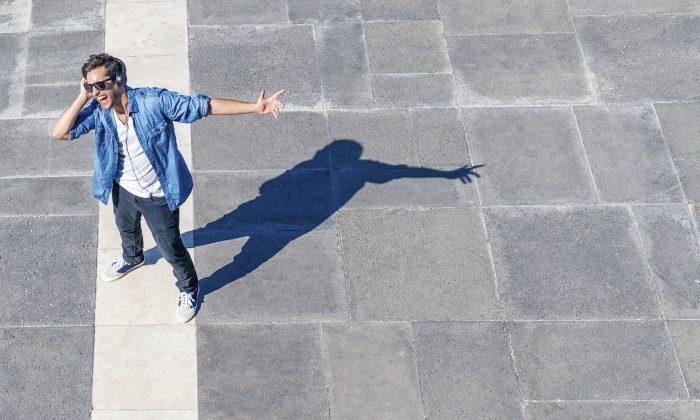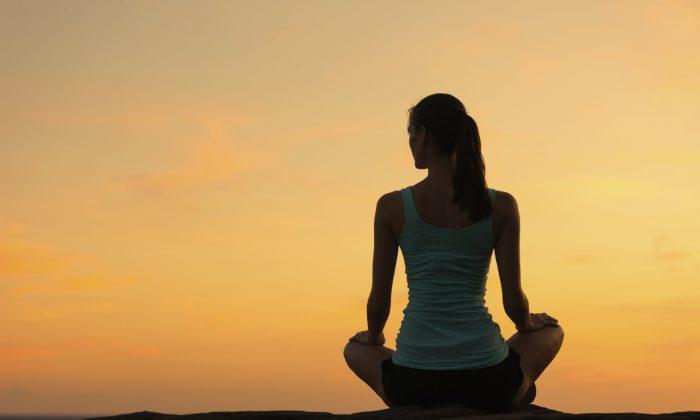Although meditation is often seen as a practice that we do sitting still—and there is great value in this—true meditation (being our natural state) is available to us anytime, anywhere.
Anything that we do with awareness allows us to touch into the place within us that exists beyond time and space, a place untouched by circumstances, beliefs, emotions, and the physical state.
A deeply satisfying way to enjoy meditation off the cushion is in intuitive dance.
Take a few minutes to check into your body, noticing its current state, turn on some inspiring music, and then begin to move in a way that follows and supports the flow of energy that is already there.
How do your arms move when they’re not being told what to do? How do your hips move when the mind is out of the equation? How does your spine flow when you let go of control? What happens when you decide to move from a place of listening to the body rather than telling it what to do? Where does the body take you?
With movement as a metaphor for life, intuitive dance can free us from the confines of a life controlled by limited beliefs into the freedom of the unknown and inspiring possibilities waiting to be discovered.
Most movement forms nowadays are structured and linear. We follow what the instructor tells us to do. While this can be enjoyable and beneficial in many ways, it makes sense to also allow ourselves to use movement as an exploration. After all, an authentic life is not a follow-the-leader type of thing.
There is great wisdom in complementing the masculine structure and discipline of most exercise forms with the feminine creativity and sensitivity of intuitive movement.
If you were to put on music and give a 3-year-old space to move, she would display uninhibited, flowing, pulsing, chaotic, joyful dance.
Somewhere along the line, most of us lose this capacity as we begin to act in ways that are meant for outside approval rather than a sense of inner freedom—and this way of being plays out in our work, our relationships, our choices, and our leisure time. Where there was once spontaneity, there is now a constant measuring against some external gauge of how we are supposed to act and feel, which tends to be restrictive and rigid.
Meditative movement generated from deep within the body can begin to loosen these shackles and create greater freedom and joy not only in our dance but also in our lives as a whole.
Emotionally, intuitive meditative movement invites us to feel deeply what is showing up in the moment and to move from that place.
Before I begin my movement practice each morning, I take a moment to connect to any emotional energy that is present in my body and then let myself be drawn inward to allow the energy itself to lead the dance. I find it a very effective and satisfying way to allow emotions to unwind themselves and to give me access to the clearer place beneath them.
Intuitive movement is very supportive of physical health and fitness. It lubricates the joints; accesses many more and deeper muscle fibers than linear movement; increases strength, endurance and flexibility; encourages lymphatic flow; challenges the cardiovascular system; oxygenates the cells; and enhances body awareness and appreciation. It can be done anywhere, anytime, and by anyone from the level of health that they’re currently at.
Because intuitive movement invites us to let go of moving from a choreographed mental place (and instead emphasizes spontaneity and authenticity), over time, we develop the capacity through our movement practice to let go of our reliance on conditioned beliefs as a place to live from and begin to trust the deeper guidance of the soul, which speaks through the body.
Thus there is a merging of body and soul that carries forth into our lives and helps us to create a life that is fluid, free, and expressive of our true nature.



Friends Read Free